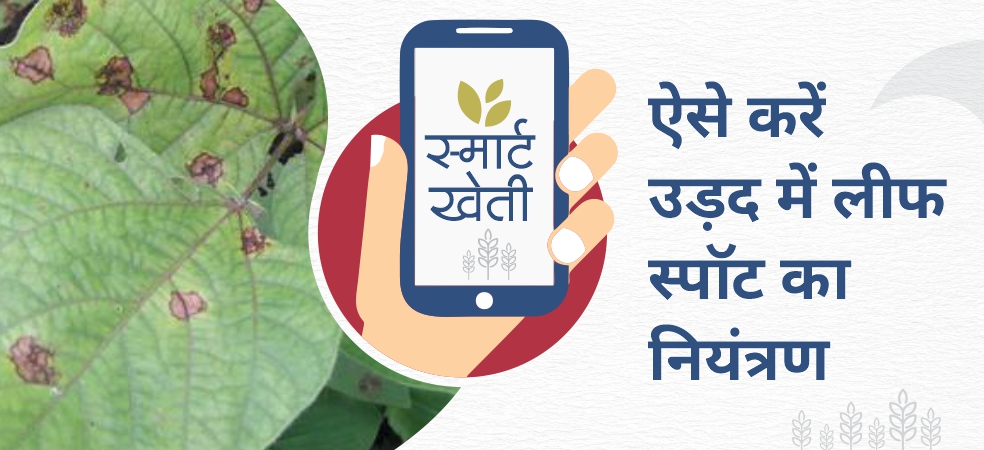-
In the cotton crop, 80-100 days after sowing, the infestation of sucking insects like aphid, jassid, whitefly, thrips, mites, pink bollworm that damage cotton balls and other fungal diseases like cotton balls rotating etc. are mainly seen at the time of ball formation stage, Along with management of these pests and diseases required to do arrangements for the development and increase the size of cotton balls. The following sprays can be used-
-
For management of American ball worm, spray Profenophos 40% + Cypermethrin 4% EC @ 400 ml or Phenproprethrin 10% EC @ 400 ml or Novaluron 5.25% + Emamectin Benzoate 0.9% SC @ 600 ml/acre.
-
For control of sucking pest, spray DIAFENTHIURON 50 % WP @ 250 gram or PYRIPROXYFEN 10 % + BIFENTHRIN 10% EC @ 250 ml or IMIDACLOPRID 17.8% SL @ 100 ml / acre.
-
Spray Bavaria bassiana @ 250 gm /acre as biological treatment.
-
For fungal disease, spray THIOPHANATE METHYL 70% WP @ 300 gram or HEXACONAZOLE 5% SC @ 300 ml or MANCOZEB 75 % WP @ 500 gram /acre.
-
At this stage, the cotton crop needs more nutrition, for this 0:0:50 @ 1 kg per acre can be sprayed, it helps in the growth as well as increasing the size of balls.
ShareAdd your farm with the My Farm section of Gramophone app and keep on getting the exact advice and solutions related to smart agriculture throughout the crop cycle. Share this article with your friends with the share button below.










